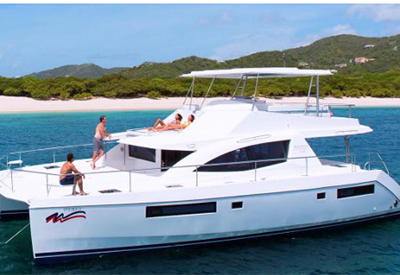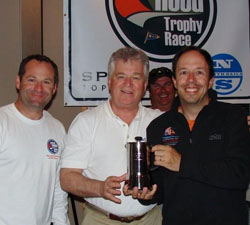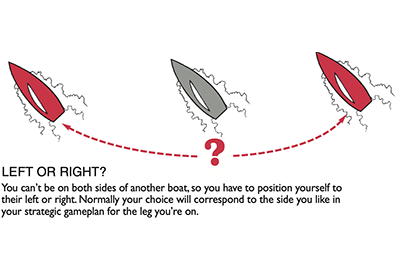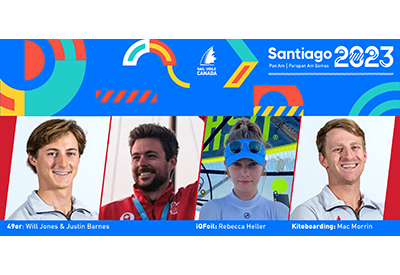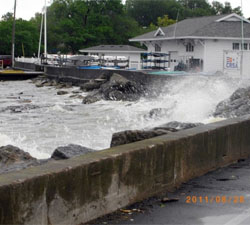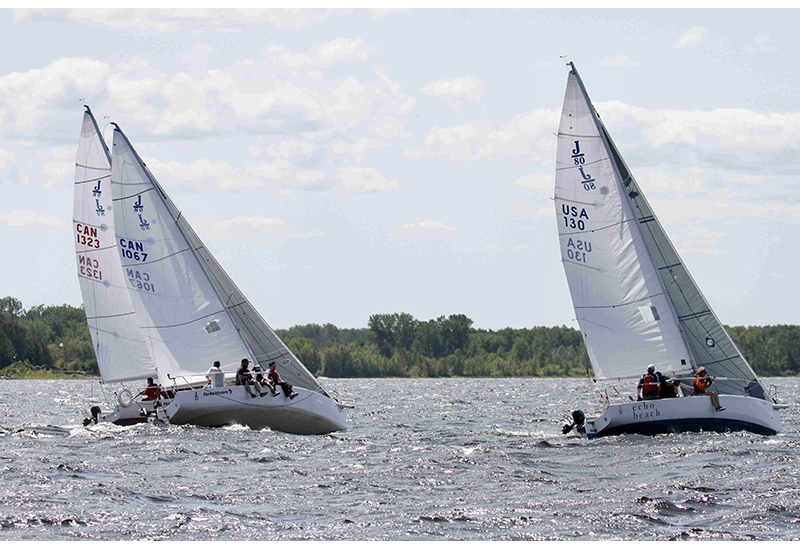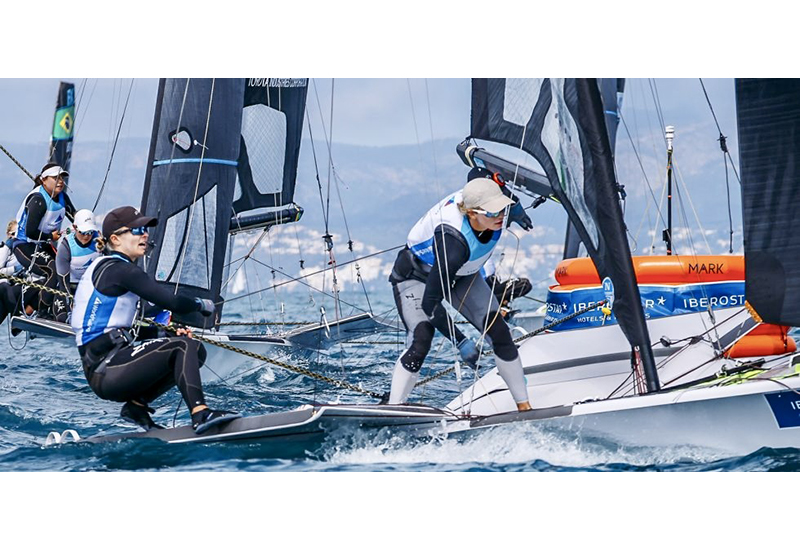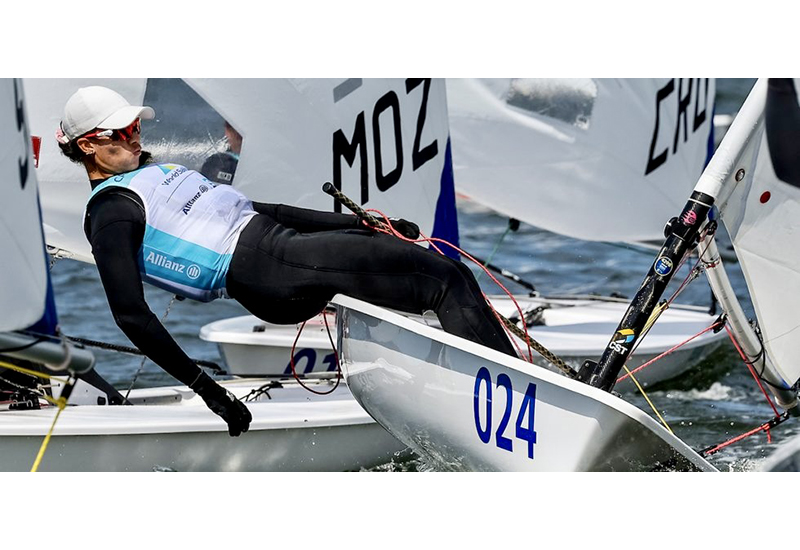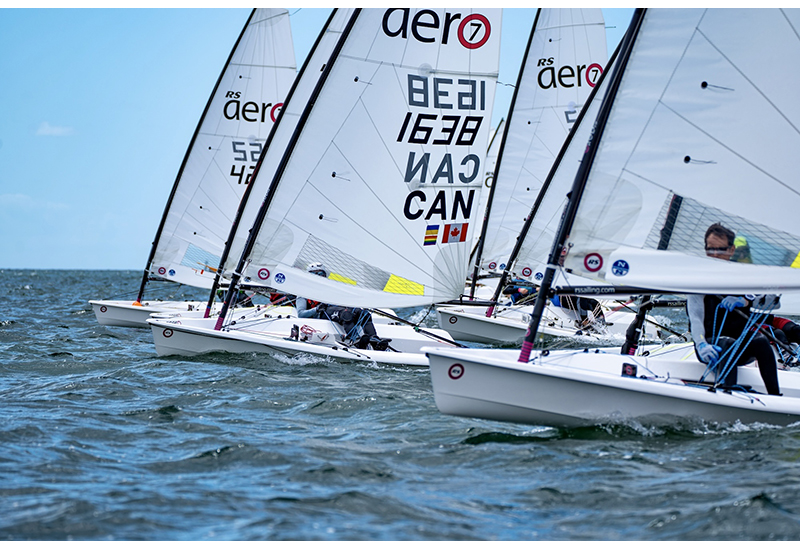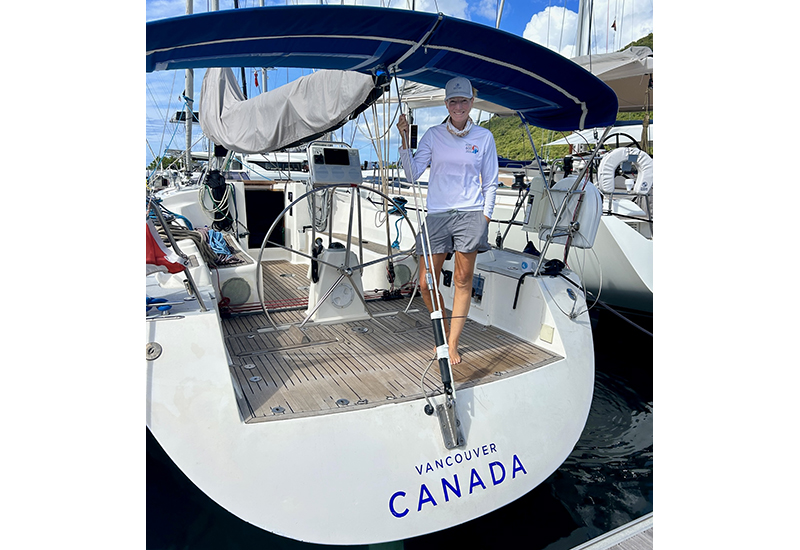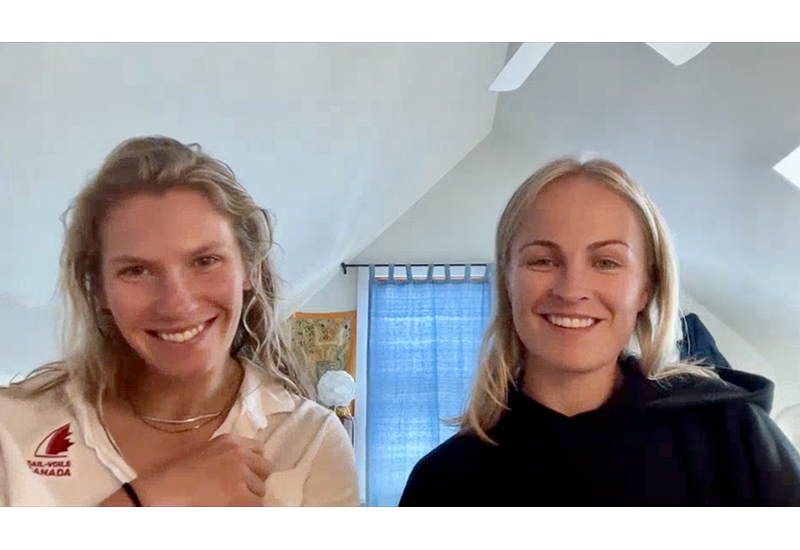A Sailor’s View of PHRF – Part 3, It’s Time PHRF Matures
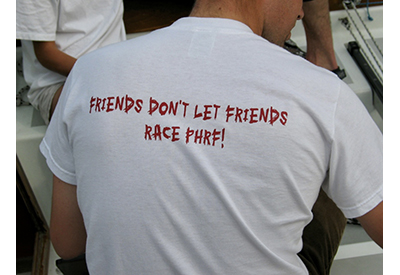
Mar 30, 2022
In my opinion, now is the time that these smaller rating stations of the Great Lakes allow Mid-West PHRF to expand and become the ‘head-office’ for the area.
Regardless of whether a station makes the move and joins with MW-PHRF or not, each of the PHRF Stations of the region need to adopt, as a top priority, a common measurement policy and a standard measurement approach.
PHRF must invest in more modern technology, as a necessary step in this maturing process.
To minimize volunteer workload, each station should also be made to use a standard format for downloading race results, or, pay to use a well-known software package like Yacht Scoring (Yachtscoring.com) to populate a ‘results data base’.
The administration involved with renewing certificates is so easily adopted into a centralized facility where simply by doing so, efficiencies will be gained.
These are maturing steps. These will benefit sailors (the paying customer), volunteers, and they will help sustain fair sailboat racing.
The benefits consolidation
Consolidation makes sense. As DRYA’s Tim Prophit of Detroit said: “We shared the same measurement methodologies – this was key to their decision”. From my conversation with Tim, it was easy to conclude that it makes sense to consolidate, because a larger sample provides a better statistical analysis of boats and race results. The benefit of consolidating data bases provides a more accurate outcome. Size does matter – bigger is better in this case.
Adam Farkas, Assistant Chief Handicapper, Central Council of Handicappers Lake Ontario PHRF, Toronto, also likes the proposal. “In view of the variety of boats, consolidation is beneficial to gather performance statistics. Fundamental to PHRF – the larger the soup the better the rating – the smaller the fleet, the more distorted the numbers. A smaller sample produces less valid speed potential statistics”. “No one can argue that the objective of the analytical exercise is to assign a fair rating. The larger size of the comparison sample adds credibility to the handicapping process”.
The sailors do not understand that having this larger sample of data is a true benefit to them, because it makes for a better outcome – a fairer rating. Education is needed.
The need to have standard measurement practices
The PHRF rating stations within the Great Lakes area need to adopt the same measurement policies and methodologies.
Al Declercq of Quantum Sails Detroit wrote recently in a Lake St Clair blog: “As sailmakers, we make sails for all the PHRF groups you mention. All of them have different penalty and credit systems. For example, most of them rate the A-sail area differently. The same is true of RF Genoa credits. What is legal in one area is not in another. What gets you a 3-second penalty in one area brings you a 6 or 9-second penalty in another”.
On my little lake, Lake St Clair, I should not get different rating if I register to race on the west shore vs the south shore. If I venture into Lake Erie, 20 miles away, and register for a LE-PHRF regatta there, I will get a third rating.
Start listening to the professionals
To the PHRF Executive, at the highest level – the reality as stated by Al Declercq is what needs fixing. Addressing this issue must become a top priority. These inconsistencies are what gives PHRF such a bad reputation. This is why so many sailors are so cynical about PHRF. The PHRF Executive must look at these issues from a 5,000-foot level. It’s too easy to get entangled down into defending subjective details.
Rating Stations need to stop seeing themselves as being so unique, because they are not. PHRF must change how it is perceived. Start listening to the sailmakers. Invite everyone to the same table. Get your heads together and work out your differences. Don’t be afraid of change, but rather be afraid not to change!
Better use of technology
It does not cost a lot of money to give a remote handicapper access to his region’s data bases, through some type of portal, along with a suite of tools to help him/her do their job more effectively. Gone are the days of the spreadsheets.
The LO-PHRF station as an example, has invested an enormous amount of work to get to where they are today. The software that has been developed by LO-PHRF allows for the use of filters, to eliminate any extremes in sailing conditions, which results in better accuracy. They hired programmers and introduced proper databases and tweaking rules for better statistical analysis. LO-PHRF is going in the right direction.
Much of the annual fees collected must be directed each season to technology upgrades. LO-PHRF for example, has a technology budget of some $35,000. They are set up to provide remote handicappers with easy-to-use online access to the certificate and results databases.
The sailor should want to better understand the statistics about the performance of their boat type as compared to a larger pool of the same boat type(s). The boat owner can be shown the computer-generated analysis. This in itself adds a tremendous amount of credibility to the process and outcome. It adds value!
Using more modern technology will help attract more volunteers because the handicapping job becomes less intimidating. It becomes easier to both teach and learn. This issue is precisely what prompted this 3-part article series in the first place.
In Sailing World, Feb/2022 issue, there is an article supporting this position. It clearly states the same: “build large databases, and provide tools to access this data.”
Standard formats for race results
A common race results data base is a major component of this centralized facility. My thoughts include the need for a standard gateway to populate this results base. Every Rating Station must use the same machine readable, standard file layout/format for results submission, and this should be made policy/mandatory. A well-known software package like Yacht-Scoring can be utilized, where race results data can be downloaded, in a standard format, more automatically, at any time. This streamlined operation reduces volunteer time, and it ensures better data accuracy.
And finally… It takes leadership
It is my belief that if PHRF gets better, our racing gets better. It’s time PHRF gets a bit more professional.
Tom Barnes is the US Sailing PHRF Committee Chair. Tom and I have been exchanging emails for some time now. He is also involved with MW-PHRF. Tom has acknowledged the issues presented in these articles. “You article was harsh but fair.” We share many thoughts about how PHRF should proceed, especially on topics surrounding the use of technology, and the need for education for both the handicapper and for the sailor. I will go so far as to say Tom agrees there should be standard measurement policies and practices across all stations. This is a huge undertaking but it has to be addressed.
A maturing step needs to happen. Let’s rid ourselves of the ridiculous politics that are hurting our sport. To the Chief Handicappers, please stop trying to convince your membership and the other rating stations that yours is so unique. Let’s level the playing field and have some fun.
A reality is that sailors are also cheap! “Why should I pay $50 USD, when I can get a certificate, with a better rating and get a pizza party at the end of the year, for only $25 CDN?”
LE-PHRF charges $50 for a renewal, which comes with newsletters, whereas MW-PHRF currently charges $35. LH-PHRF charges nothing…it’s a free service. If you add an additional small fee, say of $10 for access to a standard race management platform, that’s your annual cost to be allowed to go racing. A sailor will spend up to $6,000 on a new head-sail but complain about annual renewal fees. Sailors won’t pay a tiny bit extra because they do not understand the benefits of doing so. Teach them, but first set an equitable fee across the board.
Let’s talk about value for money. Each rating station has a different view as to what value is. What does the customer receive for its money? They receive whatever the Chief Handicapper’s view of value is. To me, the ultimate in value from a rating station is a fair rating, one which is based on science, generated using computer software and by mining a larger more comprehensive sample database.
“No one handicap rating rule has ever been perfect, and it doesn’t have to be—it just needs to be fair.” – Gary Jobson, Sailing World, Feb.2022 issue.
PHRF is grass-roots. We need to look after the novice sailors if we want to increase participation, so we need PHRF. But PHRF must mature, and the only people to make this happen is the membership…the sailor…the paying customer. Get real value for your dollar. Ask for something better.
 Roger Renaud
Roger Renaud
Born in Windsor, Ontario, Roger moved to Toronto for work in the early 70’s where he sailed a Hobie off Cherry Beach. Eventually joining ABYC, he has owned three different Thunderbirds over the years. The E-22, Laser 28, CC27, CC34, CC99, and Beneteau First 36.7’s were the other larger one-design fleets he sailed in, each for a few years dedicated to a program. He was also involved in a significant three-year program on a Nelson Marek 36, Maggie Kelly, out of RCYC.
Since returning to Windsor, he has been winning locally and in DYRA PHRF divisions.


